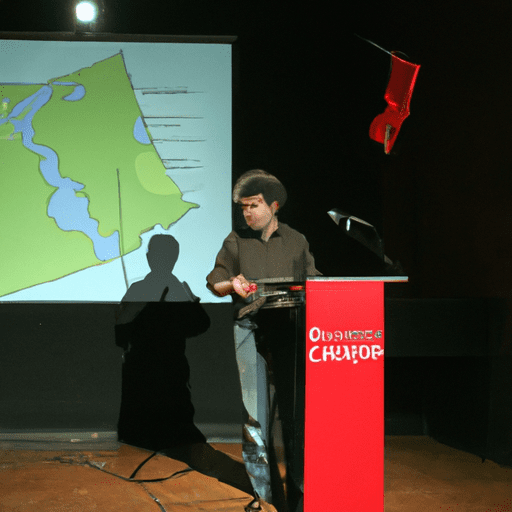Too Many Categories and Tags? Here’s How the Noindex Tag Can Help
Introduction
When it comes to organizing content on your website, categories and tags can be a great way to create an effective organization system. However, having too many category and tag pages can cause problems for search engine optimization (SEO) performance. In this blog post, we will explore the potential problems that unnecessary or excessive category and tag pages can cause and introduce a solution to this problem – the noindex tag. We will also share a client example from NP Digital that highlights the benefits of using the noindex tag effectively.
What Problems Do Unnecessary Category and Tag Pages Cause?
Unnecessary category and tag pages can cause two main problems when it comes to SEO performance: ranking conflicts and crawl depth/index bloat issues. Ranking conflicts occur when these pages cannibalize relevant content on your website, causing internal pages to compete for the same traffic. Crawl depth/index bloat issues arise because search engine crawl bots crawl the most important pages on a website based on the website’s robot.txt file, which contains a sitemap of URLs. However, crawl bots cannot crawl every single page, and unnecessary category and tag pages may lead to crawl bloat, meaning that crawl bots are crawling irrelevant pages and missing out on actually relevant ones.
How NP Digital Helped with Excess Category and Tag Pages
NP Digital, a digital marketing agency, encountered a client who was experiencing confusion and internal cannibalization due to the similarity between a /tag/ page and the login page for their software. To address this issue, NP Digital leveraged Google Search Console to analyze the impact of removing unnecessary category and tag pages on traffic to the desired pages. The results showed that the removal of these pages led to an increase in traffic to the targeted pages, resolving the issue of cannibalization and confusion for users.
What Results Did NP Digital Get by Noindexing Pages?
By implementing the noindex tag on the unnecessary category and tag pages, there was an immediate drop in clicks to the tag page and an increase in clicks to the relevant login page. This change also resulted in a significant increase in impressions for the login page. The analysis of search queries further supported these results, showing an increase in clicks and impressions for the login page’s targeted queries. The tag page, on the other hand, saw zero clicks and impressions after the noindexing, effectively resolving the issue of cannibalization.
When Should You Index or Noindex Pages?
Indexed pages should provide value to the user and be pages that you want search engines to list so that users can find them. On the other hand, you should consider noindexing pages when there is a risk of cannibalization, meaning that the page’s content or URL is too similar to a priority page on your website and takes away visits from that priority page. You may also choose to noindex pages that you don’t need to advertise to the public, such as targeted landing pages or login portals for customers with active accounts.
Conclusion
While categories and tags are useful for organizing content on your website, it’s important to avoid having too many indexed category and tag pages. This can be detrimental to your website’s SEO performance. By utilizing the noindex tag, you can address the issues of cannibalization and crawl bloat, ultimately improving your website’s performance and user experience. Remember to carefully consider which pages to index or noindex based on their value to users and the risk of cannibalization.

